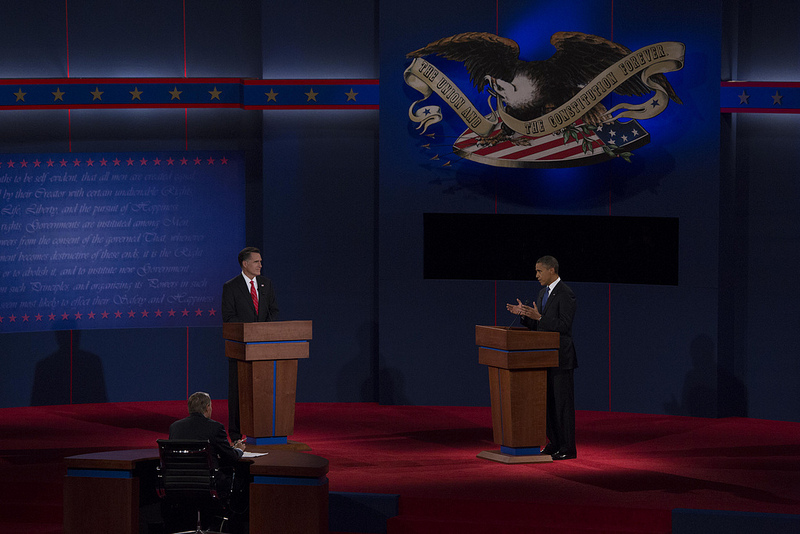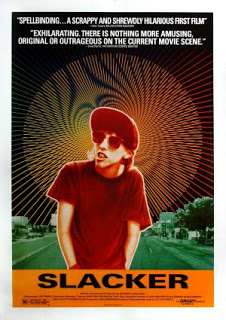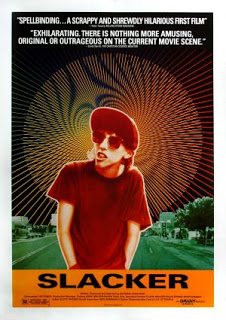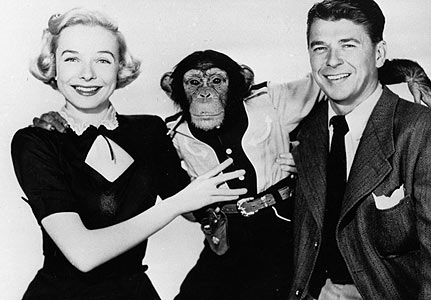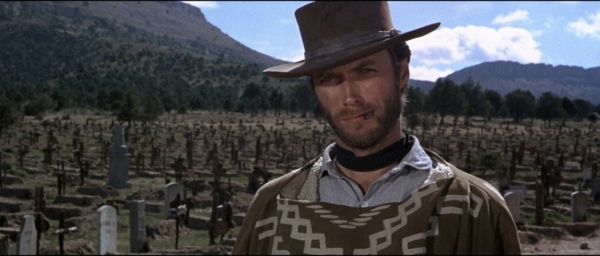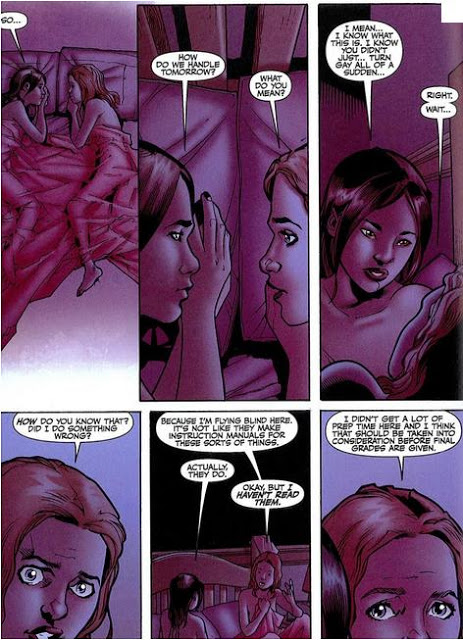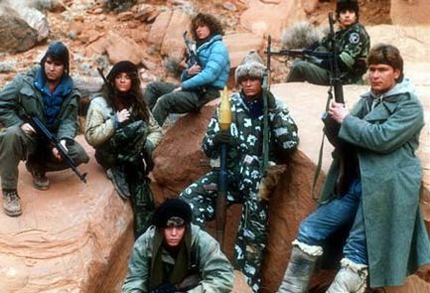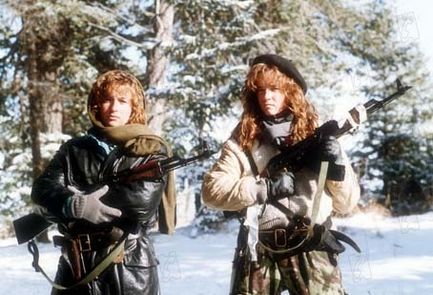The director David Lynch likes playing with dichotomies. His director’s fetish is portraying opposite worlds that coexist. He carries us from happy-go-lucky settings to dark depths with embarrassingly sincere dialogue, awkward props and too-blunt-to-be-ignored sound design. When writing about Lynch one must incorporate phrases like “seedy underbelly” and “seemingly pleasant.”
While a world of starkly presented binaries is a great place to explore gender roles, this does not always appeal to audiences and critics.
Roger Ebert, for instance, was not pleased with Lynch’s
Blue Velvet. He was particularly disturbed by how Lynch presented the character of a woman experiencing abuse. He felt that the contrast between the absurd and evil lent a disingenuous tone to scenes in the film that should have been poignant.
“Either this material is funny, in which case you don’t take advantage of your stars, or it isn’t funny, in which case it shouldn’t have so much campy and adolescent dialogue along with a really powerful sexual scene,”
Ebert said in his review of the film.
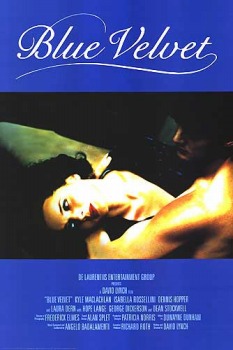 |
| Blue Velvet movie poster |
His argument is a thoughtful one, but it doesn’t fairly represent the message of the film. It doesn’t look like Lynch is trying to be screwy. He’s not trying to make us laugh at the pain others. Instead it seems he is trying to evoke deep sympathy for the foolish-but-kind characters who use “campy and adolescent dialogue.” If Lynch is manipulating the viewer, it is to turn our cynical snark against us and make us respond empathetically.
Lynch is not a master of a feminist message – and while there are good intentions between each line – we are hung up in prescribed roles and never released. His frustration isn’t with the constructs that create a violent world, but simply with the violence itself.
Blue Velvet, released in 1986, is a surreal noir film about a college boy, Jeffrey Beaumont (Kyle MacLachlan), who returns to his cheery suburban hometown to tend to an ailing father. He gets mixed up in the dark and violent aspects of his town after discovering a de-bodied ear. He enters this world at his own volition because of his almost-innocent voyeurism. Jeffrey comes by this dubiously ethical curiosity honestly when his friend and romantic interest Sandy (Laura Dern) says, “I don’t know if you’re a detective or a pervert.”
His inappropriate cliché-of-choice response: “That’s for me to know and you to find out.”
This is directed at the audience as well. But, we don’t get much of an answer. Lynch portrays Jeffrey as a well-meaning voyeur. But, clearly (and rightfully so), that’s not a culturally accepted characteristic in heroes. Jeffrey treats the discovered ear as if it was an exciting clue instead of evidence to severe criminality. His watching of the following events satiates a selfish desire – however well-meaning.
Through Sandy’s help (her father is the local detective) Jeffrey finds that the ear is somehow connected to a local singer, Dorothy Vallens (Isabella Rossellini). He decides his next step is to break into Dorothy’s apartment to find more clues.
What Jeffrey encounters is ultimately a brutal scene. His detective adventure swiftly plunges into twisted horror. He doesn’t panic, though, but just takes it in.
Dorothy first finds Jeffrey hiding in her closet and assumes – reasonably – that he was spying on her undressing. She turns the male gaze back on him by making him undress. This is not a moment of female empowerment – nor is it really the living-out of a male fantasy. Instead it is the disturbing result of naïve curiosity clashing with Dorothy’s own sexual dysfunction and delusion. She is masochistic. But Jeffrey views his subsequent sexual interaction with her as an expression of his caring for her. This mismatch in attitudes makes for clumsy moments with troubling demonstrations of affection. Jeffrey never consents to undressing, so their initial meeting and introduction to their sexual relationship is even more unsettling.
 |
| Kyle MacLachlan and Isabella Rossellini in Blue Velvet |
After this brief encounter, we meet Frank (Dennis Hopper). He knocks on the door and Dorothy rushes Jeffrey into the closet. Frank threatens, abuses and manipulates Dorothy. He has kidnapped her husband and child as a way force her to be sexually compliant. Jeffrey watches as Frank slaps, pokes and mounts Dorothy.
Jeffrey regularly visits Dorothy after the first night, and while maintaining a boyish tone and outward sweetness, ends up slapping Dorothy somewhat in response to her request. It’s “somewhat” because while she begs him to hit her, he doesn’t seem to do so because she asks, but because he is angry at her asking. Because he spends his nights in the ugly side of the world, he has taken on hateful aspects of it. He has seen Frank’s violence and has unwillingly absorbed it. It the morning, as he wakes up in his childhood bed, Jeffrey cries remorsefully. The evil he saw in Frank had changed him.
Frank is the hyper-violent and dominating side of masculinity. Dorothy was forced to be a submissive woman, broken and tormented by being used as a sexual object. Jeffrey and Sandy instead fit into gender roles in a sunny and nostalgic way. Jeffrey is Hardy Boys curious; amiable, but also direct and flirty. Sandy is kind, demure and willing to play a support role to her male lead. They meet their dark and brutal alternatives in Dorothy and Frank.
A particularly controversial scene takes place when Sandy meets Dorothy. Sandy and Jeffrey return from a date and stumble upon Dorothy walking slowly through the neighborhood – arms outstretched – naked. She has bruises on her body and her face is blank. Sandy’s old boyfriend, who had been jealously chasing the couple, retreats and begins apologizing as Dorothy collapses in Jeffrey’s arms.
Ebert said about this scene: “[Lynch] asked Isabella Rossellini to be undressed and humiliated on the screen as few actresses ever have been, certainly in non-porno roles… That’s painful for me to see a woman treated like that and I want to know that if I’m feeling that pain it’s for a reason that the movie has other than to simply cause pain to her.”
He said that because of the “smarmy” dialogue, it was unfair to include such provocative scenes.
Ebert had a point in that provocative imagery should not be used simply for shock value. But, juxtaposing hilarity and tragedy does not necessarily trivialize violence. When using violence and sex, directors should be wary of gratuity and insensitivity. But, this scene forced us into awareness. We can’t choose a tragedy one day and a comedy on the other in Lynch’s world (or the real one). We can’t chose nostalgic gender roles one day, and violent destructive the other. We have to accept that these things feed into each other. We have to address the destructive aspects.
While Lynch isn’t necessarily challenging prescribed roles, he is challenging our perception of them and the resulting violence. He forces us to acknowledge the ugly side. And then also presents us with surprisingly poignant absurdity. The campiness in Blue Velvet isn’t cruel, but touching. These worlds do coexist and it is funny and heartbreaking and beautiful and ugly.
—
Erin Fenner grew up in small-town Idaho where she took solace in cult cinema. Her burgeoning feminist ideals didn’t dampen her enjoyment in viewing even the most obviously gender-norm-dependent films, but created another angle of intrigue. She went to the University of Idaho where she nabbed a Journalism degree. There she was a student blogger, radio show producer and self-described feminist activist. Now she lives in Portland, Oregon, and works remotely for the reproductive rights organization Trust Women where she writes about the state of pro-choice politics for their blog. She also says she is a poet, but refuses to publish, perform or share lest someone offer constructive critiques.

